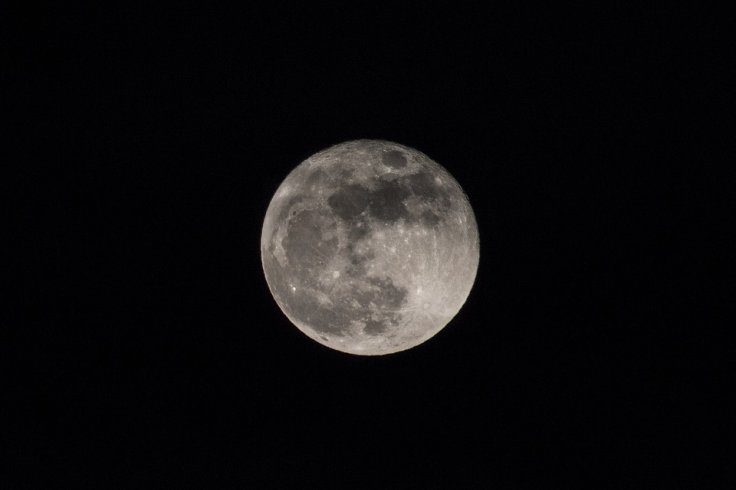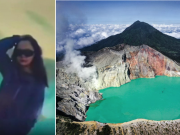
A new research led by Susan Hough, a seismologist at the US Geological Survey has found that the idea which connects the occurrence of earthquakes with full moon days is a myth. During the research, Susan Hough matched the dates of 204 large earthquakes from the past 400 years and compared it with the occurrence of a full moon.
Interestingly, the scientist found no evidence which suggests that earthquake rates are influenced significantly by the position of the Earth relative to the moon. The study report of this research is published in Seismological Research Letters.
"My statistical analysis showed that this apparent signal is not statistically significant. But there's so much more about earthquakes and full moons; I was a little surprised that earthquakes have bunched up on a day about which there's no popular lore," said Susan Hough, reports CBC.
However, Susan Hough clarified that her research is not completely ruling out the influence of moon in triggering earthquakes. "The Moon does effect earthquakes to a small extent, but you can't hang your hat on it as a prediction method," clarified Houghs.
By randomizing the dates of earthquakes, Hough and her team tried to create a significant pattern regarding the occurrence of quakes. Hough learned that the pattern that showed up is very similar to that of flipping a coin, and at times, we may get six tails in a row.
So, if it is not the moon, what should we worry about? According to Hogue, the strongest short-term indicator of Earthquake is another tremor in the same area. As per Hogue, there is one in twenty percent chance of something bigger within the next three years.
Mark Quigley, a seismologist at the Melbourne University opined that passing waves from distant earthquakes will also trigger small earthquakes.
"For instance, you can have an earthquake in Alaska that sends seismic waves shivering around the planet. Some of those waves could induce very small, dynamic stress changes in places like the western United States, more than 1,000 kilometers away," said Quigley.









